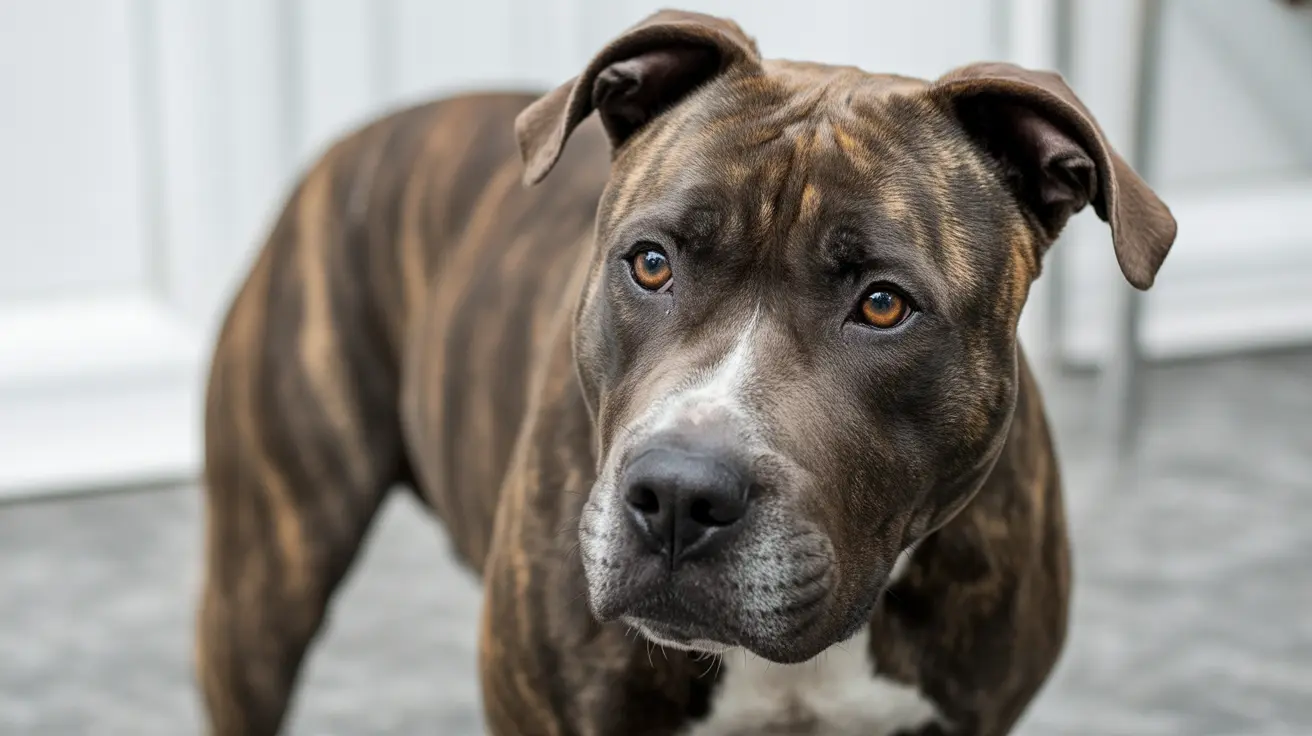Recognizing the Signs of Unhealthy Weight in Cats
Cats thrive when they maintain an appropriate body weight, but many pet owners struggle to recognize when their feline friends are underweight or overweight. Whether due to overfeeding, lack of exercise, or underlying health issues, weight imbalances can lead to significant health problems. Recognizing the signs of unhealthy weight in cats is key to ensuring their long-term well-being.
Why Maintaining a Healthy Weight Is Important
Like humans, cats are susceptible to weight-related health issues. A cat that is either too thin or too heavy is at risk of a number of complications, including:
- Diabetes and insulin resistance
- Arthritis and joint issues
- Cardiovascular problems
- Liver disease
- Shortened lifespan
Understanding the telltale signs of unhealthy weight can help address potential issues early on.
Signs Your Cat Might Be Underweight
Recognizing when a cat is underweight is crucial and can sometimes indicate serious health concerns. Look for the following signs:
- Prominent bones: If you can easily see or feel your cat's ribs, spine, or hip bones, they may have insufficient body fat.
- Lack of muscle mass: Muscle wasting around the shoulders or hindquarters is often a sign of chronic undernutrition.
- Dull coat: Underweight cats may have dry, dull, or flaky fur due to a deficiency in essential nutrients.
- Lethargy: A lack of energy or activity can suggest that your cat isn't getting enough calories or nutrients.
- Poor immune response: Frequent illnesses may indicate malnutrition.
Signs Your Cat Might Be Overweight
Obesity in cats is a growing problem and is often caused by overfeeding or lack of physical activity. Watch for these signs of excess weight:
- No visible waistline: Cats should have a visible indentation just behind their ribs when viewed from above.
- Fat deposits: Excess fat around the abdomen, base of the tail, or chest area is a clear sign of obesity.
- Difficulty grooming: Overweight cats may struggle to reach around to clean themselves properly, leading to a matted coat or hygiene issues.
- Reduced mobility: Jumping, running, or climbing becomes more difficult for heavier cats.
- Shortness of breath: Excess fat can interfere with normal breathing, especially during minor physical exertion.
Evaluating Your Cat’s Body Condition
Veterinarians often use a Body Condition Score (BCS) scale that ranks from 1 (emaciated) to 9 (obese). A score of 4-5 indicates a healthy weight. You can perform a basic home check:
- Feel the ribs: You should be able to feel but not see your cat’s ribs.
- Check their waist: Look for a waist behind the ribs when viewed from above.
- View from the side: There should be a slight tuck in the belly when your cat is standing.
Common Causes of Weight Issues in Cats
- Poor diet: Overfeeding or underfeeding the wrong types of food.
- Medical conditions: Issues like hyperthyroidism, kidney disease, or diabetes.
- Age: Older cats may gain or lose weight more easily due to metabolic changes.
- Sedentary lifestyle: Indoor cats with little stimulation are more prone to obesity.
- Stress: Environmental stressors can affect appetite and weight.
What You Can Do
If you suspect your cat is at an unhealthy weight, it’s important to take action:
- Visit the vet: Schedule a physical examination to rule out underlying medical issues.
- Adjust diet: Work with your vet to find appropriate portion sizes and a balanced diet.
- Encourage movement: Play with toys, use puzzle feeders, or create climbing areas to boost activity.
- Monitor regularly: Weigh your cat monthly and keep records to track progress.
When to Seek Help
Extreme weight changes—either loss or gain—within a short time frame should always be evaluated by a veterinarian. Additionally, if your cat shows signs of pain, refuses to eat, or appears visibly distressed, prompt medical attention is essential.
Conclusion
Maintaining a healthy weight is essential for your cat’s overall health and longevity. By learning to recognize the signs of unhealthy weight, you can take proactive steps to ensure your feline companion stays active, happy, and healthy. Regular check-ins with your veterinarian and a balanced lifestyle are the cornerstones of effective weight management in cats.





